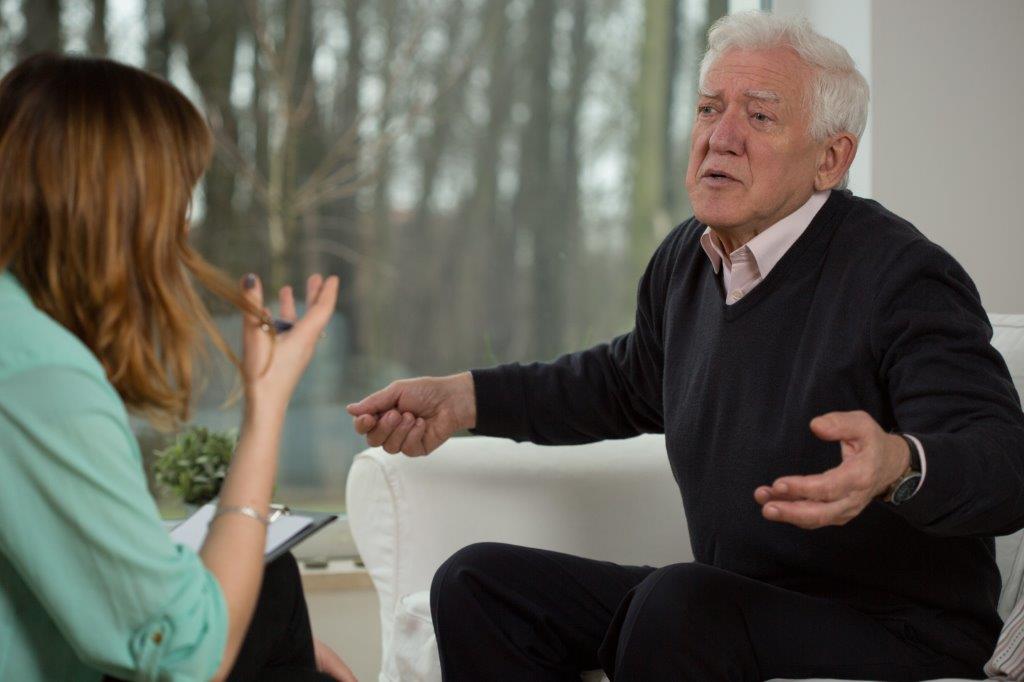
Having that initial in-person, in-home conversation with our clients is important for developing a working relationship that will allow us to serve them with the safe and accessible solutions they need.
Finding people we can help
If we accept the premise that nearly every home can stand to have something done with it to make it safe, more comfortable, more accessible and usable, and generally more comfortable and enjoyable for the occupants of that space – owner-occupied or rented – then how do we find people that we can help? Even more, how receptive might they be?
We might have our preferred methods of marketing to take our message to the public – social media, websites, phone calls, flyers, direct mail, print advertising, networking, or something else – but we have to make the initial connection and then begin to work with people to explore their needs before we can begin to help them.
People with more obvious physical needs likely are going to be referred to us by a medical professional, practitioner, or agency, but what about those with general aging concerns or those who don’t self-identify with needing any type of help to make their homes safer and more usable for them – those without urgent needs and arguably the largest segment of the population?
The challenges of breaking the ice
Once we are inside someone’s home and we begin a conversation with them – or even prior to the first meeting if we are having this conversation over the phone – people don’t want to be told that they are getting older. They know this. Some have accepted it, and some have rejected it. Some embrace it, and some are in denial.
They don’t want to hear that the need to spend money on the home they love in order to remain living there safely just because their abilities have changed while their home has remained constant in how they can use it.
One thing is certain, no one needs an outsider – CAPS, social worker, gerontologist, or other professional – coming into their home to tell them that they are old, getting older, or older than they used to be. This is going to be met with immediate resistance instead of having a conversation with them about something they don’t already know or that is otherwise apparent to them.
Beginning our assessment of their space
General housekeeping is no different. No one wants an outsider – and frequently even a family member – telling them that their home is messy, not as clean or picked up as it could be (according to them), or that there is too much stuff sitting out. They don’t need their shortcomings pointed out to them.
So how do we begin? A safe way is to ask questions.
We ask them about their space (partly based on what we see that we think is an issue and partly to hear what they think might be going on with their home). We phrase the questions with no inherent bias just to hear what they think is happening in their space – good or bad. If there are concerns that they have, why do they think those are issues, and how do they propose having us resolve those concerns for them? If they don’t have any specific ideas, we can make some suggestions.
Keeping it soft and professional
Until we get to know our clients and their personalities, we need to keep the conversation soft in terms of how hard-hitting we are about pinpointing or identifying issues and keep the tone quite professional. After we develop a little bit of a relationship with them – on that first visit or later on, we can be more direct with them as they will appreciate our sincerity and approach.
Creating aging in place solutions is one of the most rewarding things someone can do and also one of the most challenging. We are dealing with one of a person’s most prized passions. We are telling them that it is not serving them as well as it might – or perhaps they have brought this to our attention.
Either way, we have to tread lightly until we establish a solid professional relationship where they will respect our insights into how we want to help them and be open to letting us get started working with them. Each client is different – in personalities, physical abilities and requirements, and in the age and condition of their home. Budget is always a concern, but there are many improvements we can make for a relatively low expenditure.
We know that as well-prepared and equipped as we are professionally to help people remain in their homes and age in place there over time, we can’t begin to offer any advice or help them do anything with their home if we don’t have that initial conversation and begin to build a little trust with them so our relationship can develop.
While some situations are going to require a more urgent response from us than others, let’s be patient and let our clients tell us they are ready for our help.
